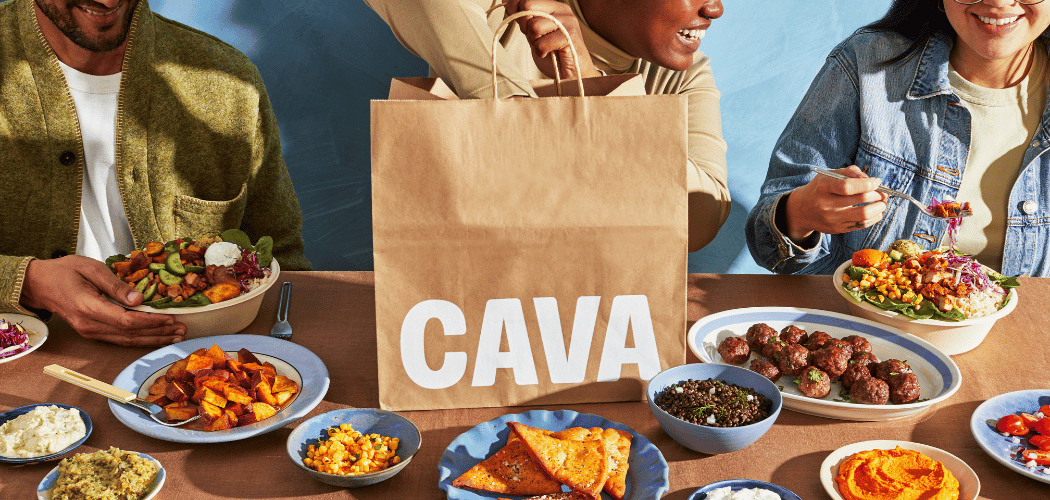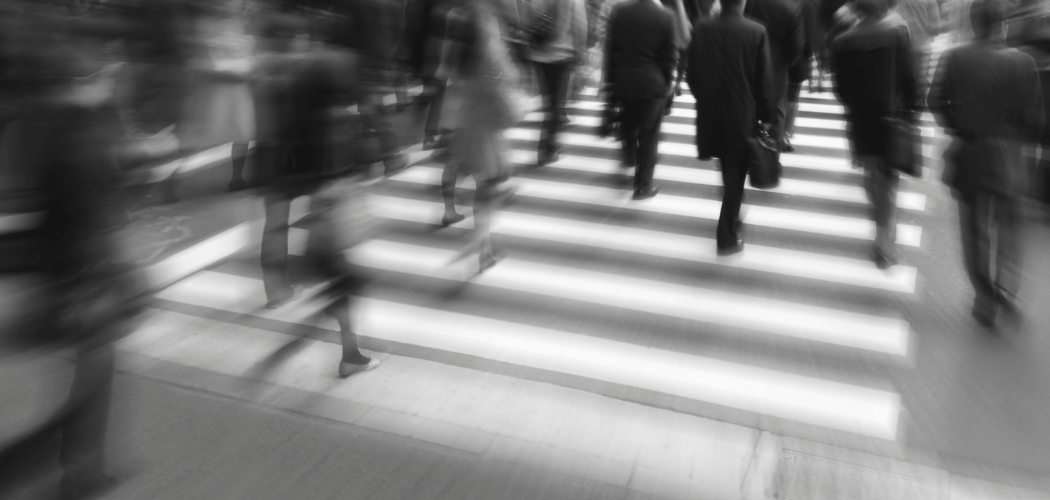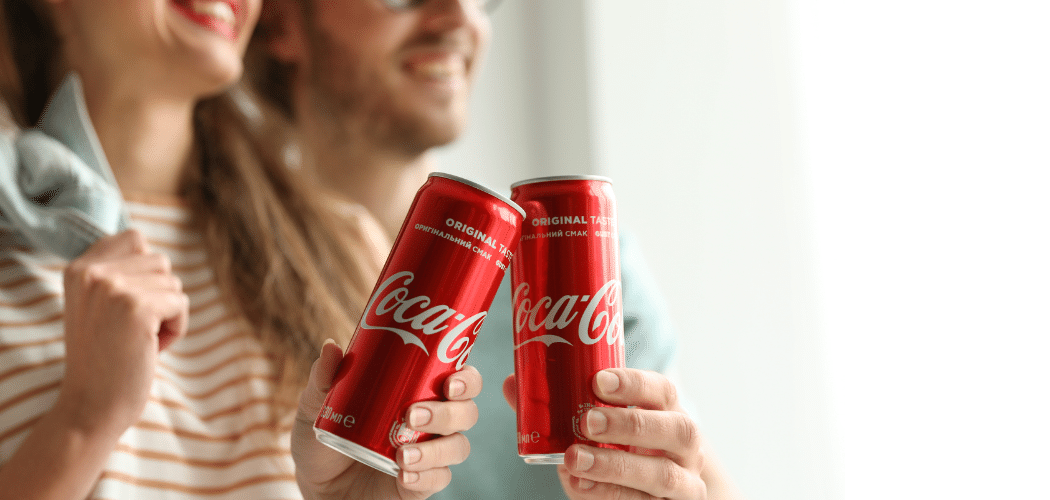Clean beauty can be a dirty business: Beautycounter, Sephora and P&G are working hard to change that.
Here’s one term you can spell without the word beauty: Ethylenediaminetetraacetic.
This agent, found in some beauty products, is on “The Never List” of potentially harmful ingredients the cosmetics brand Beautycounter prohibits from all of its goods. Other components include formaldehyde and phthalates.
It’s just a list, but by making questionable additives clear, Beautycounter captures the confusion — and controversy — of a burgeoning industry.
The business of clean beauty, part of the broader commercial wellness movement, is projected to generate nearly $22 billion globally in 2024, from $11 billion in 2016, according to Statista. Like all industries, it’s built on profit. Yet unlike all industries, it is not well regulated. And from there springs a credibility issue.
Consumers, particularly those experienced in the wellness category, will not tolerate a fake — and they’ve got enough social media outlets to bring one down. So Beautycounter, as well as Sephora, L’Oréal and others, are tasked with having to prove themselves.
The best way to do that may be by helping consumers make better decisions, rather than dictating what is right for them. A brand can do well selling small amounts of hard-to-find products to an expanding customer base. The tall order is maintaining exclusivity of product, and authenticity, in an industry that is flourishing.
Verifying 70,000 Products
Contributing to the clean beauty credibility challenge is that it’s not a category of its own. It contributes to a growing, $1.1 trillion global market for wellness-based beauty, personal care and anti-aging goods and services, according to the Global Wellness Institute.
An industry of that size is no longer a niche. And while size alone does not diminish the legitimacy of individual players, the prevalence of product makes it difficult for each brand promise to stand apart. And there’s also the risk of being associated with beauty brands that do not live up to their promises.
More practically, products that are available everywhere are no longer special. Consider that nearly 70,000 products are listed on the “Skin Deep” database of cosmetics operated by the Environmental Working Group, a 25-year-old organization that tracks and rates chemical safety in cosmetics. Of the 70,000, EWG has verified just 1,250 do not carry chemicals of concern (what it deems hazardous or ingredients that have not been thoroughly tested).
Another key challenge of the clean beauty movement is the Food and Drug Administration is not empowered to regulate the beauty industry (beyond color additives). It’s up to individual companies to ensure their products are safe. As a result, clean beauty is heavily promoted by social media influencers and celebrities, not scientists, doctors and government agencies.
Sephora, L’Oréal, P&G: What Have You Got To Prove?
So how does a clean beauty brand, large or small, stand apart and profit? The best approach is likely to start modestly, avoiding mainstream marketing until sales volumes reliably indicate where and how to approach shoppers. Online sales, for example, will inform where physical stores will most likely succeed.
Beautycounter sets a good example with The Never List. It’s a simple promise that shoppers can understand and to which the brand holds itself accountable. (Similarly, the clean beauty merchant Credo provides a Dirty List.)
Here is how mainstream beauty brands and retailers are proving their clean credibility.
- Procter & Gamble goes environmental. The maker of Pampers and Ivory decided the best way to clean up its Herbal Essence shampoo was to partner with the group rating its ingredients. So rather than rely on their own safety research, scientists at P&G worked with the Environmental Working Group to overhaul the line. The result: The first EWG-verified products from a large company, Herbal Essences Bio:Renew sulfate-free shampoos. By aligning with EWG, not merely getting its verification, P&G assures customers it will change its practices to make clean products.
- Lush, CVS preserve. After studies suggested a link between parabens and cancer, the cosmetics merchant Lush chose to play it safe and replace the preservatives with other ingredients. Lush did this even when a link was not found, conveying to its shoppers that it would rather invest in an unnecessary reformulation than risk their health. CVS Health as well is removing parabens and other chemical ingredients from nearly 600 private-label products, in keeping with its efforts to transform from a drug store chain to a wellness company.
- Sephora seals it. In June, the help-yourself beauty chain Sephora introduced a clean seal, which designates products to be free of a range of ingredients yet to be proven completely safe, such as parabens, certain sulfates, formaldehydes and Further, its Clean at Sephora web page lists all safe-designated products by category, streamlining the process for shoppers while providing the confidence they are in a toxin-free zone.
- L’Oréal backs up care with science. Along the lines of overall wellness, the international beauty giant L’Oréal is releasing tech-enabled beauty devices, through its La Roche-Posay brand, that track UV exposure and pH levels in the skin. Its My Skin Track UV and pH wearable devices will store skin data on mobile apps, enabling the users to manage exposures. Recognizing that knowledge is power, L’Oréal is giving its customers control of their decisions, while proving itself as an ally in their health — a good foundation of believability for its own paraben-clean products.
Above all, brands should not forget the most essential ingredient to authenticity, which is truth. If merchants are to successfully embrace clean beauty, they’ve got to provide credibility the oxygen to survive.
Bryan Pearson a Featured Contributor to The Wise Marketer and is the President of LoyaltyOne, where he has been leveraging the knowledge of 120 million customer relationships over 20 years to create relevant communications and enhanced shopper experiences.
This article originally appeared in Forbes. Be sure to follow Bryan on Facebook and Twitter for more on retail, loyalty and the customer experience.




